The Fastest London Underground Stations and Lines for WiFi
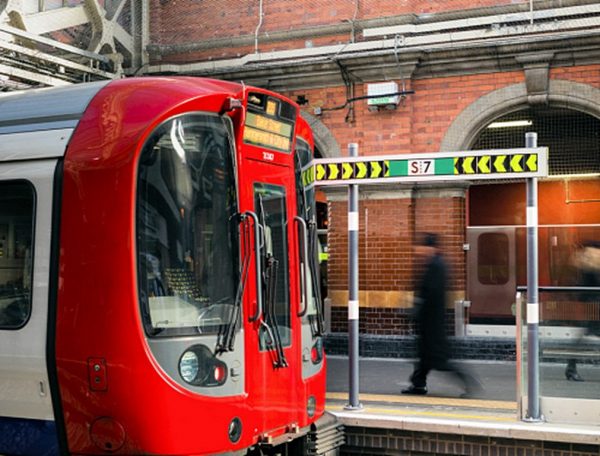
A new study from Uswitch.com claims to have revealed the fastest and slowest stations and train lines on the London Underground for wireless broadband (WiFi) speed. The fastest station was found to be Edgware Road (49.7Mbps), while the slowest was Westminster (0.9Mbps).
At present 260 London Underground stations are covered with WiFi as a result of Virgin Media’s deployment some years ago, which can also be harnessed by customers of O2, Three UK, EE (BT) and Vodafone. Sadly Uswitch doesn’t provide much information to say when their testing occurred or how many tests were conducted in total, but they do confirm that “three speeds were recorded at each Zone 1 station platform and an average was taken to give the overall speed” (this seems like rather a small data sample and with no split for peak and off-peak commuter times).
The research goes on to claim that, overall, London Underground’s free Wi-Fi service provides “faster connections than over 30% of broadband connected homes in the UK.” Apparently this is based off the fact that around 4.4 million lines (Ofcom data) still connect via slow ADSL services, which they say can “only reach speeds of around 8.8Mbps” (oddly this is linked an Ofcom report that gives a peak time average figure of 10.3Mbps for ADSL).
Advertisement
Otherwise 30 of the 99 platforms tested had what is considered to be a “superfast broadband” (24Mbps+) connection.
Top 10 fastest stations
49.7Mbps – Edgware Road
48.3Mbps – Embankment (Northern Line)
41.8Mbps – Charing Cross
40.0Mbps – Lambeth North
38.1Mbps – Paddington (Circle Line)
35.7Mbps – St Pauls
34.1Mbps – Queensway
32.4Mbps – Elephant & Castle
31.3Mbps – Embankment (Circle/District Line)
31.2Mbps – Paddington (Bakerloo Line)
Top 10 slowest stations
0.9Mbps – Westminster
1.3Mbps – High Street Kensington
1.4Mbps – Holborn
1.5Mbps – Gloucester Road
1.6Mbps – Sloane Square
2.0Mbps – Blackfriars
2.3Mbps – Goodge Street
2.4Mbps – St. James’ park
4.1Mbps – Earl’s Court
5.0Mbps – Farringdon
Average Wi-Fi speeds on London Underground lines
24.2Mbps – Bakerloo Line
23.6Mbps – Northern Line
23.0Mbps – Central Line
19.9Mbps – Jubilee Line
19.8Mbps – Hammersmith & City Line
19.7Mbps – Victoria Line
18.7Mbps – Piccadilly Line
17.1Mbps – Metropolitan Line
16.8Mbps – Circle Line
5.6Mbps – District Line
Meanwhile Transport for London (TfL) are currently working with several mobile operators (example) to help pilot a new 4G (mobile broadband and voice) network through tunnels and at station platforms on the London Underground (tube trains).
Mark is a professional technology writer, IT consultant and computer engineer from Dorset (England), he also founded ISPreview in 1999 and enjoys analysing the latest telecoms and broadband developments. Find me on X (Twitter), Mastodon, Facebook, BlueSky, Threads.net and Linkedin.
« ISP Jurassic Fibre Update on East Devon FTTH Broadband Rollout
ISP Voneus Brings Superfast Wireless Broadband to Dadford »





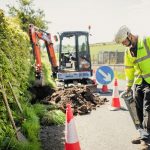

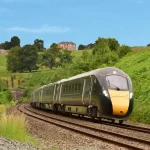


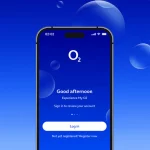
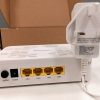









































What’s the point of London wifi when we get on the train go through the tunnels and completely loose connection straight away, we want 4g/5g or a better network system in the tfl system so we can stay connected via our tablets, smart phones and laptops. I’m unsure why TFL and mobile providers in London are taking too long too long to put in that technology.
Well first you have to trial and test because it’s a difficult thing to do. Then you can only build safely when a line isn’t running, which limits your ability to deploy. There’s nothing easy about pushing a mobile signal along narrow underground tunnels with limited access and a lot of live traffic.
True. But others can do it, so the technology exists and has been tested in the wild for quite a while now.
It takes so long for the handshake to complete and reconnect to the wifi at stations that the train often moves on anyway.
The system loses DHCP after three minutes, so if stations are close together, and you log in every time, the reconnection is quite quick. If it’s more than three minutes it needs a new look up and is quite slow.
Didn’t know the Underground wifi was one big network, I thought it was separate per station. Though I’ve only had the chance to use it once.